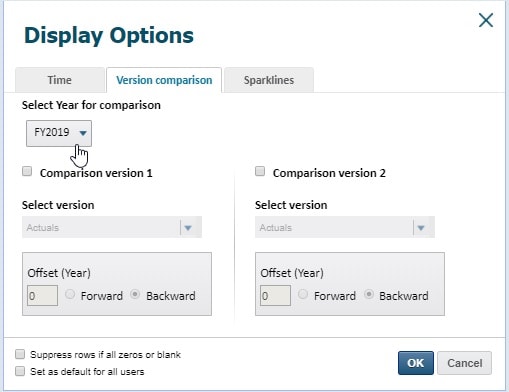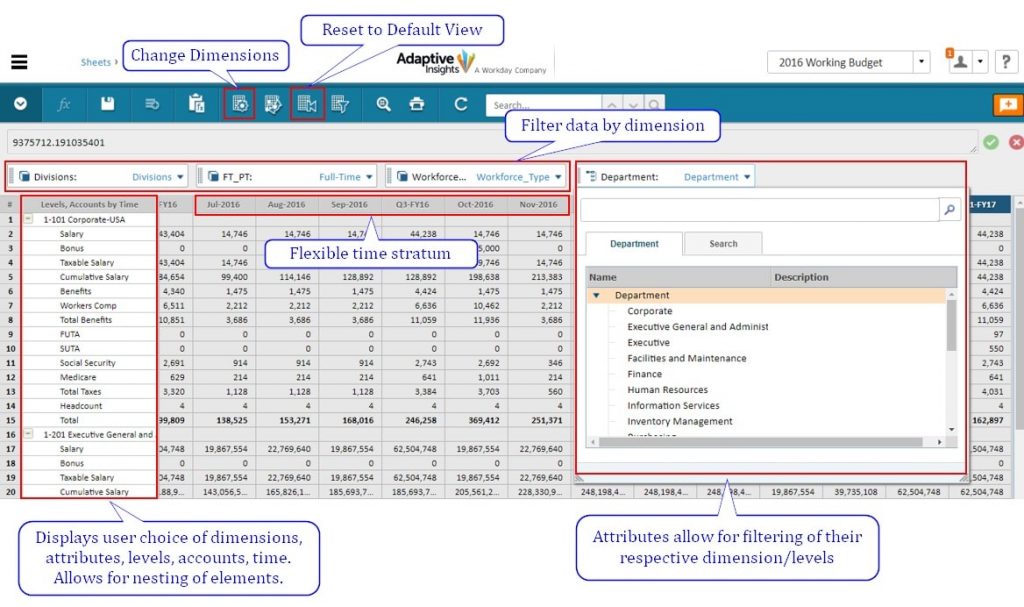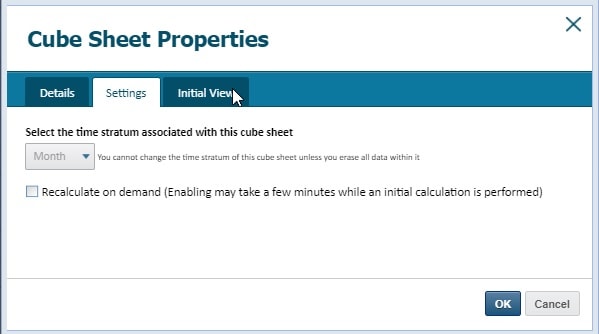Do you find yourself wondering which sheet type to choose when building different models? Understanding your data and how each sheet works is key to determining which sheet will best fit your business needs.
Standard Sheet
If you are simply looking to display or enter data into accounts by levels, version, and time – utilize Standard sheets. Most common use cases are for Income Statements, Balance Sheets, auditing/viewing personnel/expense/revenue accounts at summary levels, and the like.

Standard sheet advantages:
- Account Groups – add any type of account in your instance and organize them by groups
- Version comparison – enables side-by-side comparison of data from two versions from the same period or different
- Delete the sheet but not the data – data lives in the account its input to and is not tied to the sheet, unlike Cube and Modeled sheets

Cube Sheet
DIMENSIONS – DIMENSIONS – DIMENSIONS! Cube sheets are the best choice for handling multi-dimensional data. They allow users to easily pivot data by choosing which dimensions, attributes, accounts, levels, or time display on the columns and rows. Nesting of multiple elements is possible on the rows and the elements not included on either the rows or columns allow for handy filtering of the data.

Cube sheet advantages:
o Multi-dimensional, easy filtering of data, pivot data for desired viewing
o Inclusion of level and dimension attributes to further filter the data
o Flexible time stratum – grants ability to select a different time stratum from the instance’s default
o Initial View – setup a default view for optimal viewing that can easily be reset to

Modeled Sheet
Need flexibly to design a column-based sheet for data entry of records? Modeled sheets allow row by row input of data, whether it be text, numbers, dates, picklists, dimensions, attributes, or timespan. Most commonly used to house personnel, capital, and sales data.

Modeled sheet advantages:
o Flexibility to input different data types
o Like cube sheets, users can choose a different time stratum than the default
o Security to modeled sheets can be limited to those users with appropriate salary detail permissions

Download, Upload, & Clone – Adaptive enables users to download modeled sheets in their entirety and upload them to other instances. Also, when creating a new modeled sheet, users can make a clone of an existing modeled sheet rather than starting from scratch.

